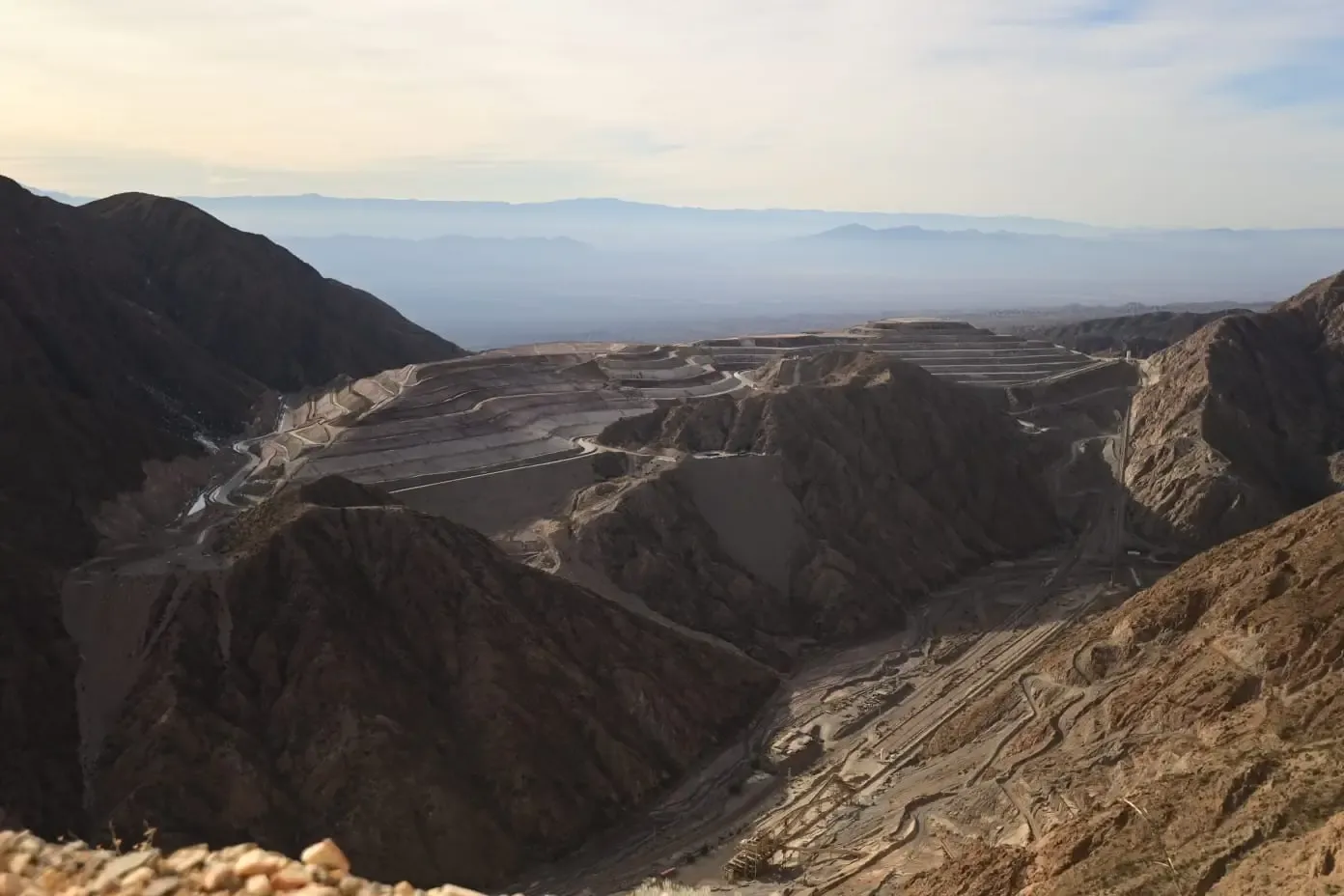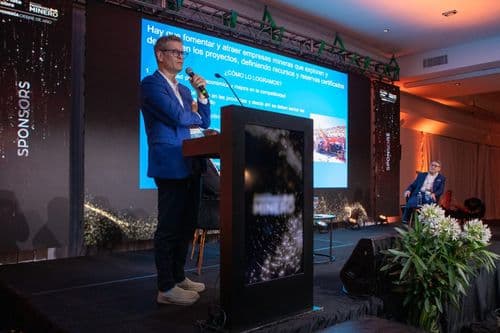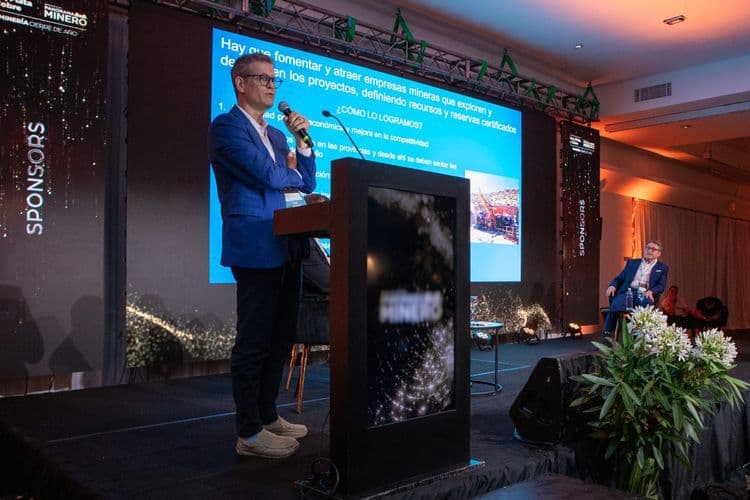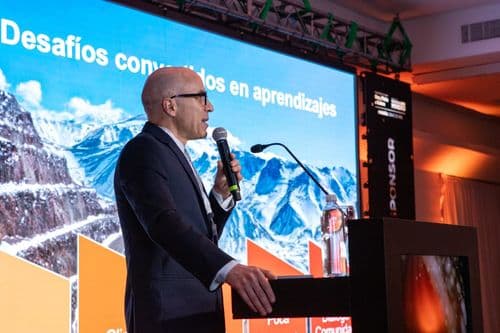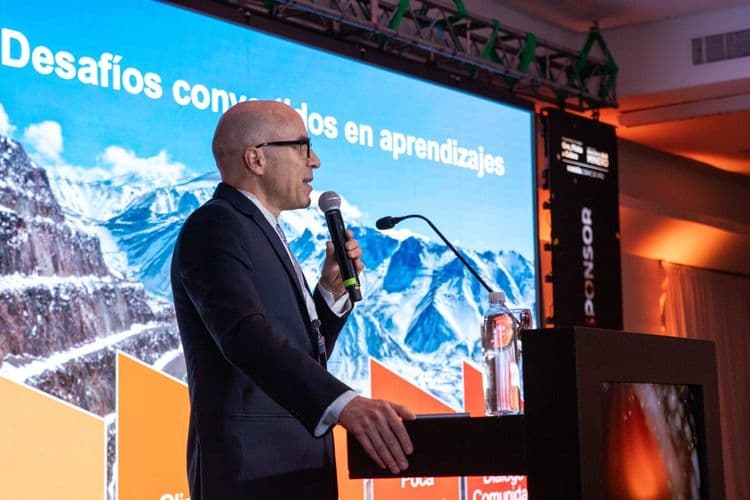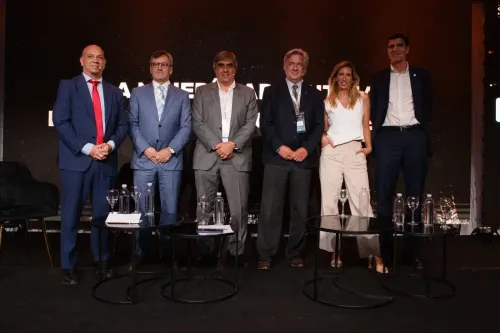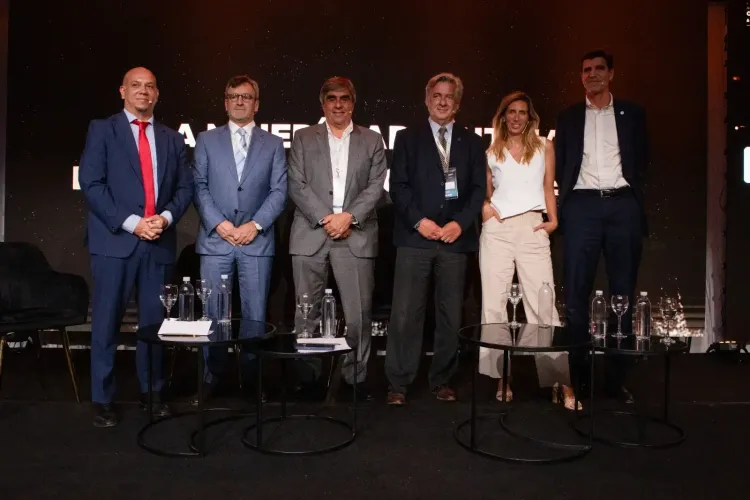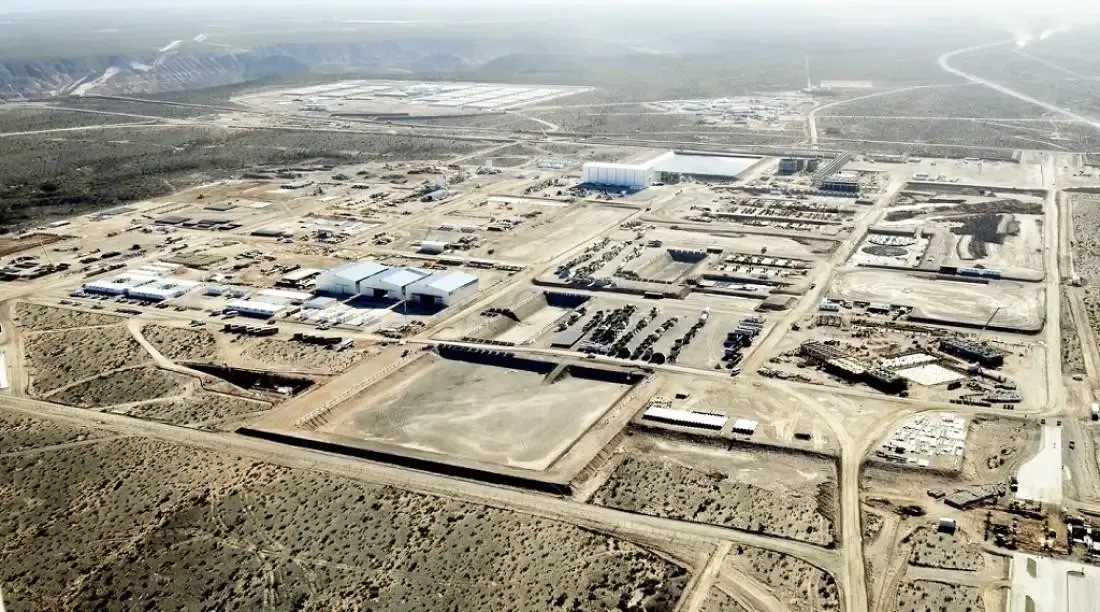
Infrastructure, one of the keys to unlocking Mendoza’s potash potential
The government of Mendoza finds itself in a challenging position. Compañía Minera Aguilar Potasio S.A. (CMAP) failed to meet the contractual milestones required under Phase 1 of the Potasio Río Colorado (PRC S.A.U.) project. This breach may force provincial authorities to evaluate possible sanctions and determine how to proceed with the site’s development.
By Panorama Minero
The province is exploring alternatives to avoid reigniting conflict over PRC. The project was halted once before in 2013 when Vale suspended operations. Analysts warn against initiating legal action over an initiative that still has several critical issues to resolve. The government is reviewing its next steps, beyond what’s outlined in the contract and penalty schedule. The impact of unresolved logistics is also under scrutiny, as it continues to pose a major hurdle.
This situation has highlighted the complexity of the asset transfer process and investment commitments. Mendoza assumed control of PRC in 2020 after Vale's exit, and later transferred 88% of the company’s shares to CMAP in September 2023. The agreement—ratified by the provincial legislature in October—established clear obligations and strong guarantees.
The transaction outlined an ambitious investment plan focused on the production, industrialization and commercialization of potassium chloride (KCl) for agricultural use. It projected an estimated investment of US$ 1.0391 billion to achieve an annual production capacity of 1.4 million metric tonnes (1.4 Mtpa) of KCl, based on a FEL-2 level estimate.
Beyond its investment scale, PRC holds strategic value due to its geological potential: the site contains nearly 400 million tonnes of probable potash reserves, plus over 1 billion tonnes of inferred resources—placing it among the largest deposits globally.
The contract provided Mendoza with a double economic safeguard to ensure the seriousness of the investment. One layer was the Initial Offer Maintenance Guarantee worth US$ 10 million, which covers the Breakup Fee in case of fundamental noncompliance. A second guarantee—the Total Investment Plan Default Penalty—is set at US$ 150 million, enforceable in the event of persistent failure to fulfill essential obligations.
Missed deadlines: the critical timeline for the KCl plant
The government's concern stems from CMAP’s failure to meet key engineering and production milestones outlined in Stage 1. The investment plan included critical deadlines for the KCl Pilot Plant, encompassing engineering, procurement, construction, commissioning, and startup.
According to the contract, construction of the KCl separation plant and 50% progress on the KCl plant were scheduled for June 6, 2025, as was the end of the KCl plant’s pre-commissioning—all key deliverables of Stage 1.
Project CAPEX highlights the importance of this infrastructure: processing plants and services account for the largest investment item, totaling over US$ 621 million in projected spending.
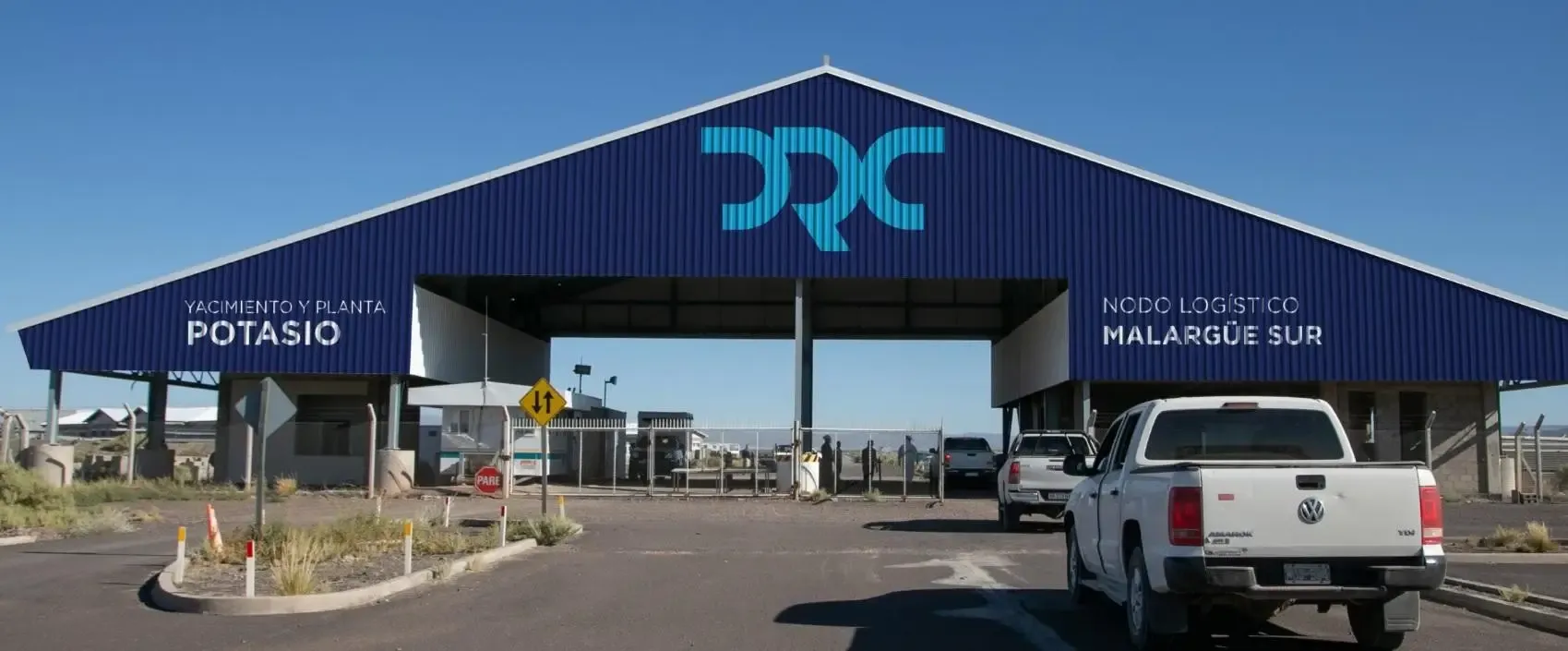
Missing these deadlines places CMAP under the Penalty Regime: the contract stipulates a Daily Fine of US$ 7,000 for the first two years from financial close, applied for each day the breach is not remedied—creating mounting financial pressure on the company.
To protect the asset further, Mendoza placed 100% of CMAP’s acquired shares into a Guarantee Trust. Release of shares is gradual and conditional: only 15% of shares will be released upon verification of Stage 1 compliance, with an additional 10% released annually following compliance with subsequent stages.
Railway logistics: a critical condition for project viability
The biggest challenge for CMAP’s reactivation of the PRC site lies in infrastructure, specifically railway logistics and mineral transportation.
The production and sale of potassium chloride was ratified through Decree No. 1979, under which CMAP acquired 88% of PRC S.A.U. shares. Project viability hinges not only on the pilot plant but also on resolving the long-standing logistics bottleneck.
According to official investment documents, success depends on the “timely availability” of the distribution chain, a critical condition for feasibility.
The plan explicitly defines logistics as a critical requirement. It includes a Critical Logistics Milestone (Condition Precedent) that involves multiple national stakeholders. The contract states that “an acceptable agreement must be reached between Trenes Argentinos, National Ports and the buyer regarding the transportability of the extracted mineral.”
CMAP secured a partial solution via an agreement with BCYL S.A., a Trenes Argentinos subsidiary, enabling access to the railway line from Palmira to the port. However, this is not a complete solution to the broader logistics issue.
Documents warn that logistics—and power infrastructure—are so sensitive that any delay would directly affect the project’s final timeline.
Historical precedent underlines the issue’s urgency: Vale suspended its works in 2013, and the railway line was never built. It was later transferred to the province. Ensuring that the railway—essential to ship potash to export ports—is operational within the required timeframe remains a critical concern for both CMAP and the government.
One of Mendoza’s proposed paths is to involve Brazil as not only a destination for potash but a source of investment to help fund the railway works—though this remains under discussion.
The network of partners: Impulsa, Grupo ARG, and the guarantor
The ownership and strategic cooperation structure of PRC includes several key players.
Mendoza retained a direct stake through its partner and co-buyer Impulsa Mendoza Sostenible S.A.. The Evaluation Commission recommended transferring 88% of shares to CMAP and 12% to Impulsa, a company formed by PRC S.A.U. (95%) and Fundación Pro Mendoza (5%). Impulsa aims to sit on the board of PRC S.A.U., enabling the province to maintain effective control and technical oversight through a Shareholders’ Agreement with CMAP.
On the strategic cooperation front, Decree No. 1979 approved a Memorandum of Understanding (MoU) signed by the Governor, CMAP and Grupo ARG (Fortaleza de Santa Teresinha Empreendimentos e Participações S.A. and Múltipla Engenharia Trading Company S.A.). Grupo ARG, a Brazilian consortium, specializes in large infrastructure projects. The MoU laid the groundwork for collaboration on exploration, extraction, industrialization, and marketing of potash. The project is of high strategic interest to Brazil, and Mendoza sees it as a development priority.
Finally, CMAP’s parent company, Compañía Minera Aguilar S.A., acted as guarantor for the transaction, backing CMAP’s obligations—including payment of the Breakup Fee Guarantee.
